Basic Perfume Recipe

Creating your own perfume at home can be a rewarding and enjoyable experience. This simple and straightforward recipe allows you to harness the aromatic qualities of fresh flower blossoms to create a delightful fragrance. With just a few easy steps, you can make a personalized perfume that suits your taste. Experiment with different flower varieties to discover your favorite scent combination.
Basic Perfume Recipe
Ingredients:
- 2 cups of water
- 1 cup of fresh, finely chopped flower blossoms (e.g., roses, jasmine, lavender, lilac, orange blossoms, honeysuckle)
Instructions:
-
Prepare the cheesecloth:
- Place a cheesecloth over a bowl, ensuring that the edges hang over the sides of the bowl. This will allow easy removal and extraction of the scented water later.
-
Infuse the flowers:
- Add 1 cup of your desired flower blossoms to the bowl with the cheesecloth.
- Pour the water over the flowers, making sure they are completely submerged.
-
Allow the infusion to sit:
- Cover the bowl and let the flowers steep in the water overnight. This process allows the flowers to release their aromatic compounds into the water, creating a scented infusion.
-
Extract the scented water:
- The next day, use the edges of the cheesecloth to lift it out of the bowl.
- Gently squeeze the cheesecloth to extract the scented water. Be careful not to squeeze too hard, as this can produce a cloudy liquid.
-
Simmer the scented water:
- Transfer the scented water into a small pot and simmer it over low heat.
- Continue simmering until the water reduces to approximately 1 teaspoon. This concentration intensifies the fragrance.
-
Cool and bottle the perfume:
- Allow the scented water to cool down to room temperature.
- Transfer the scented water into a small glass bottle or perfume atomizer for storage.
- Label the bottle with the name of the flower used and the date of preparation.
Storage and Shelf Life:
It’s important to note that homemade perfumes made with fresh flower blossoms have a shorter shelf life compared to commercial perfumes. The fragrance potency may diminish after about a month. To prolong the shelf life, consider storing the perfume in a cool, dark place. It is also recommended to refrigerate the perfume when not in use.
Experimenting with Different Flowers:
While this recipe suggests using lavender, lilac, orange blossoms, or honeysuckle, feel free to explore various flowers with strong, distinct fragrances. Roses, jasmine, lilies, and violets are other popular choices that can create unique scents. Adjust the amount of flower blossoms used to suit your preferences, keeping in mind that a stronger concentration may result in a bolder fragrance.
The Author:
Pioneerthinking.com – Ingredient for a Simple Life
©Copyright Pioneerthinking.com. All rights reserved. For personal use only.

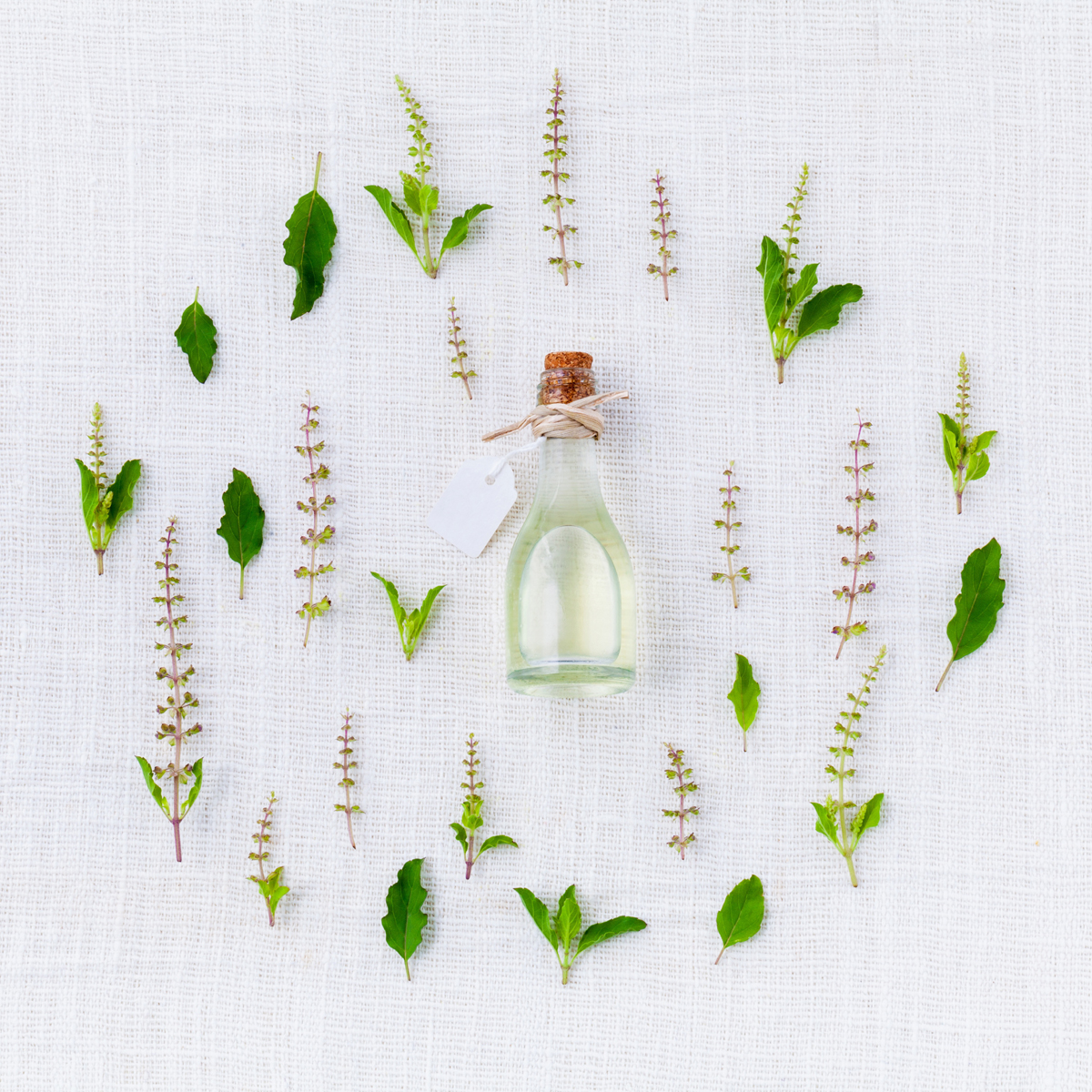
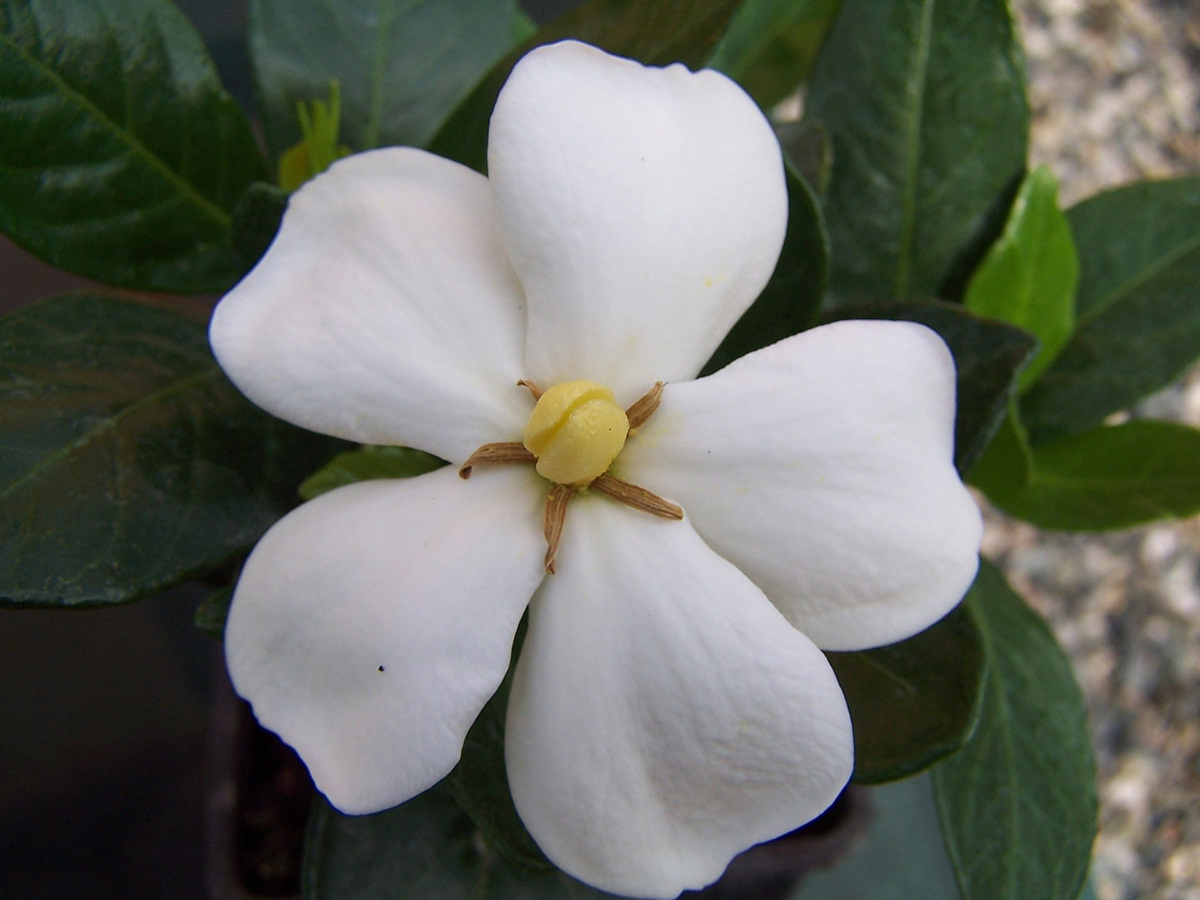


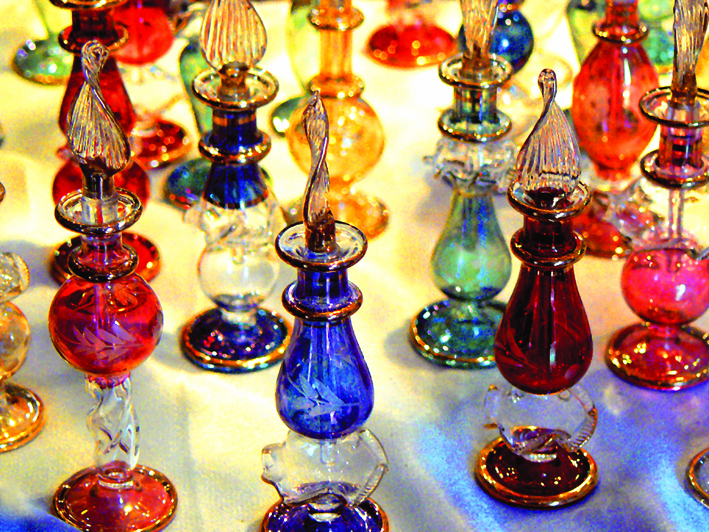

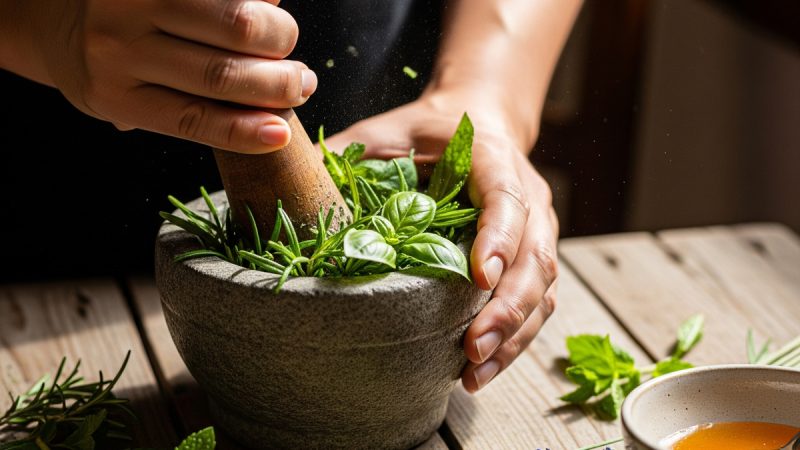
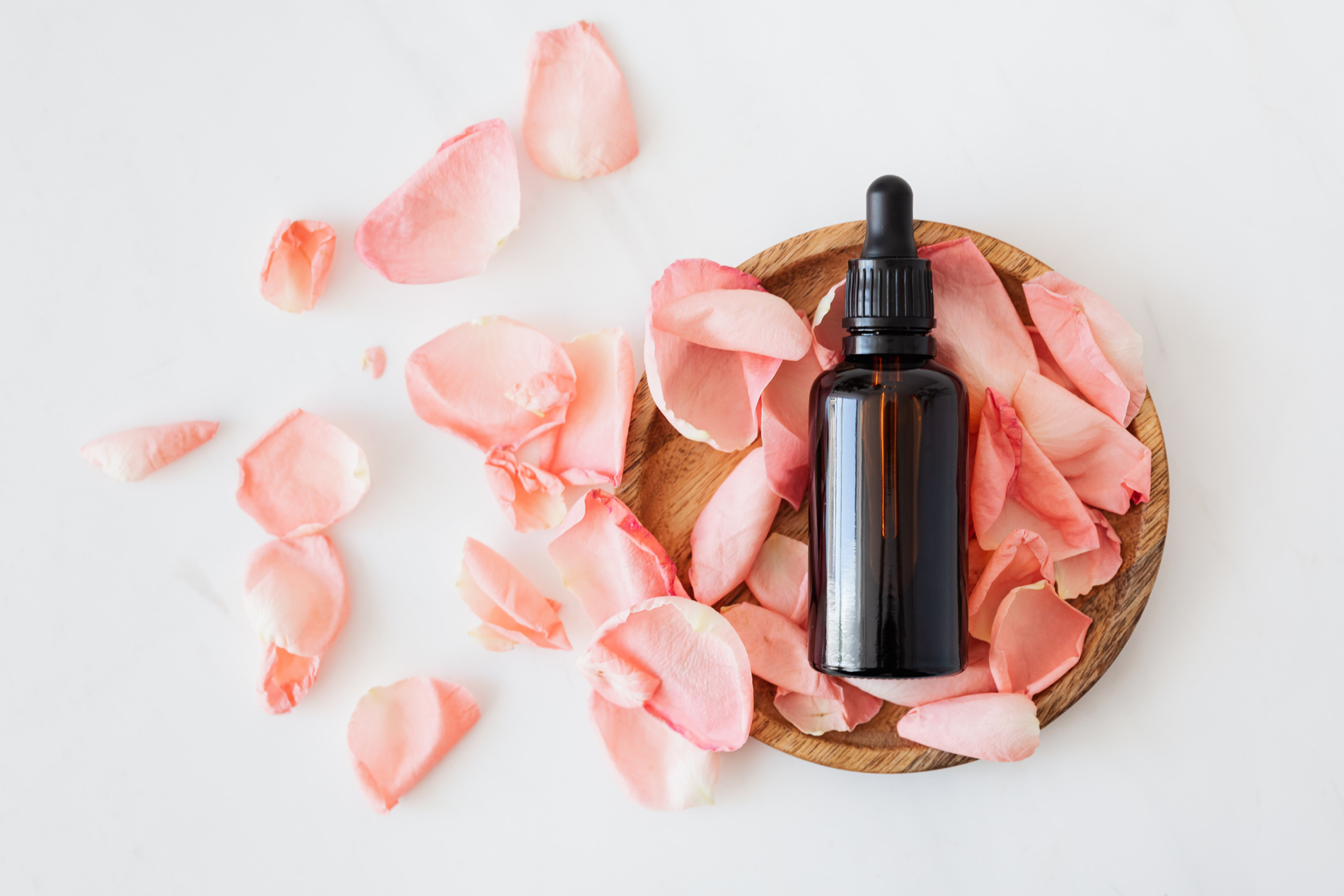
Curious about perfume, interested to know basics about the perfumes and the recipes used to create the interesting and attractive perfumes.
Perfume is such a fascinating topic! This article provides a great overview of the basics and recipe used to create unique and appealing scents. It’s a great starting point for anyone interested in learning more about perfumery.
Pls teach me more!
Of course! Perfumery is a vast and intricate art, and there is always more to learn. This article is a great starting point, but if you’d like to delve into the subject further, check out this article. https://pioneerthinking.com/the-oils-needed-to-make-perfume-2/
I would be glad if you please teach me thebasics about the perfumes and the recipes used to create Attar / Ittar & perfumes.
Of course! I’d be happy to help you learn the basics about perfumes and the recipes used to create Attar/Ittar and perfumes.
Understanding Perfumes:
Perfumes are mixtures of aromatic compounds in a base of alcohol, water, or oil. They are designed to emit a pleasant scent when applied to the body or sprayed in the air. Perfume can be categorized into different types such as Eau de Toilette, Eau de Parfum, and Cologne, based on the concentration of fragrance oils they contain.
Attar / Ittar:
Attar, also known as Ittar, is a traditional fragrance oil derived from natural botanical sources. Unlike synthetic perfumes, attars are made using traditional distillation methods and contain only natural ingredients. These ingredients can include flowers, herbs, spices, barks, resins, and animal musk. Authentic attars are highly sought after for their uniqueness and purity.
Creating Attar/Ittar:
Attars are typically handmade and require a specific distillation process. Here are the basic steps to create an attar:
Botanical Selection: Choose the flowers or other aromatic parts (like woods or spices) that you wish to use. Examples could include roses, jasmine, sandalwood, or saffron.
Hydro-Distillation: The selected botanicals are soaked in water and kept in a large container called a deg. Heat is applied to the deg, causing the water to evaporate along with the aromatic compounds from the botanicals.
Collection: The evaporated water containing the essential oils is collected separately. The process is repeated multiple times to enhance the concentration of the aromatic compounds.
Base Oil Infusion: The collected essential oils are then mixed with a carrier or base oil, such as sandalwood oil or jojoba oil. This helps to dilute the attar and aids in its preservation.
The above steps outline a basic process, but creating traditional attars can involve various variations and additional steps depending on the desired fragrance.
Creating Synthetic Perfumes:
Synthetic perfumes are created using laboratory-based methods, which allow perfumers to create specific scents by combining synthetic aromatic compounds. These compounds can closely resemble natural ingredients or create entirely new and unique combinations.
Perfume Recipe Creation:
Creating perfumes involves blending various aromatic ingredients to achieve a desired scent profile. Perfumers use a combination of top notes, middle notes, and base notes to create a well-balanced fragrance. Top notes are the initial scents that are perceived when the perfume is applied, while middle notes and base notes emerge after some time.
A perfumer may experiment with different percentages and combinations of fragrance oils, essences, or absolutes to achieve the desired result. The recipe is typically a trade secret of the perfumer or perfume house.
Remember, becoming a skilled perfumer requires understanding the composition of various scent ingredients and lots of practice. I hope this overview gives you a good starting point to dive deeper into the world of perfumery!
Can we put scented oils in this recipe too ?
Absolutely! Scented oils can be a fantastic addition to the basic perfume recipe mentioned in this article. They can help add depth and complexity to your scent. Just be sure to consider the compatibility of different scents and experiment with different combinations to achieve your desired fragrance.